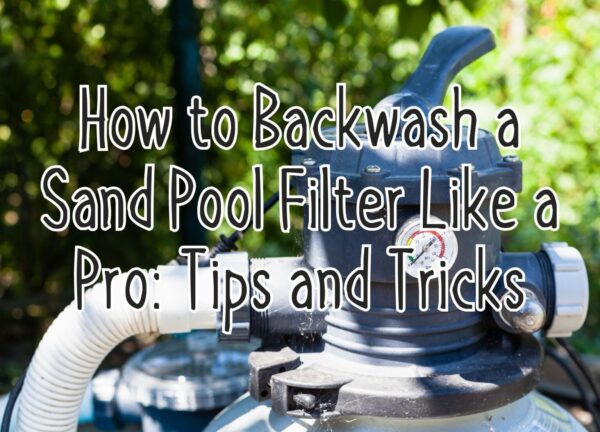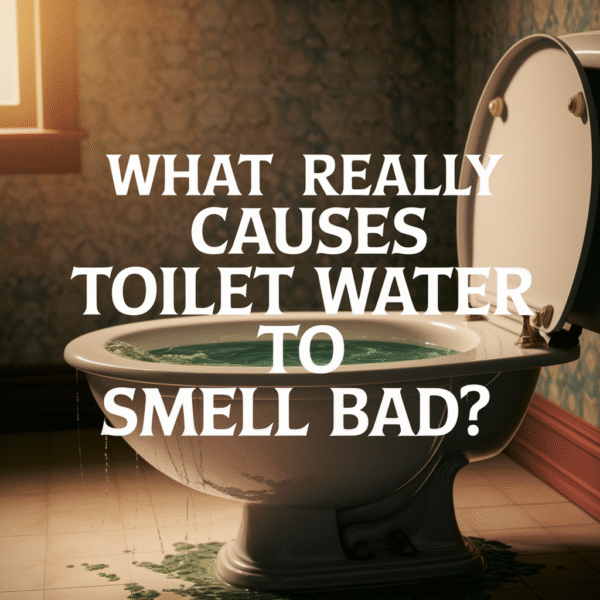When it comes to pool maintenance, it can be easy to get overwhelmed by the plethora of products and chemicals pushed at you by pool stores. But the truth is, you only need to focus on three main chemicals to keep your pool in top shape: Chlorine, pH, and Alkalinity.
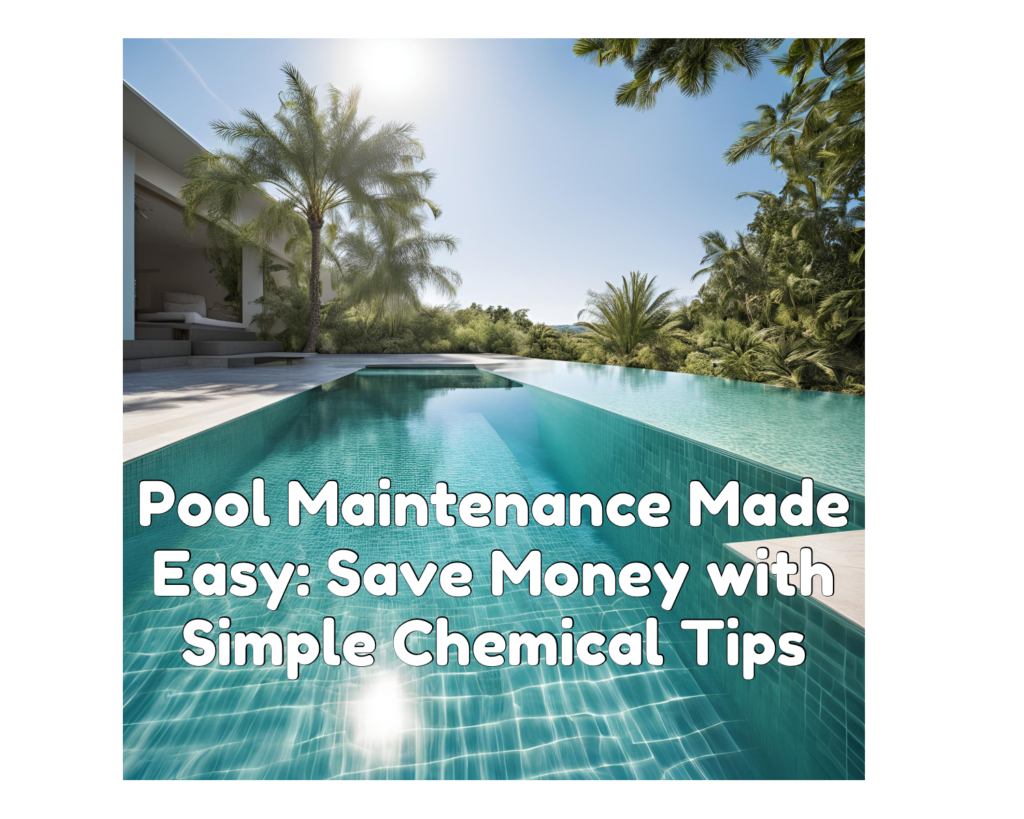
Chlorine
Chlorine is the backbone of any pool maintenance routine. It’s essential for keeping your pool free of bacteria and algae, ensuring that the water is safe for swimming. Regularly test your chlorine levels to ensure they stay within the recommended range, which is typically between 1.0 and 3.0 parts per million (ppm). If your levels drop, simply add more chlorine to maintain this balance.
pH Levels
The pH level of your pool water measures its acidity or alkalinity. Maintaining the correct pH balance is crucial not only for the effectiveness of chlorine but also for the comfort of swimmers. The ideal pH range for pool water is between 7.2 and 7.8. If your pH level is too low (acidic), it can cause skin irritation and damage pool equipment. If it’s too high (alkaline), it can reduce the effectiveness of chlorine and lead to cloudy water.
Alkalinity
Alkalinity acts as a buffer for the pH level, helping to keep it stable. Without proper alkalinity, your pH levels can fluctuate wildly, making pool maintenance much more difficult. The ideal range for alkalinity is between 80 and 120 ppm. Keeping your alkalinity within this range will help you maintain a stable pH, ensuring that your pool remains comfortable and safe for swimmers.
By focusing on these three essential chemicals, you can simplify your pool maintenance routine and avoid the unnecessary complexity and expense of additional products. Remember, keeping your pool clean and clear doesn’t have to be complicated—just stick to the basics, and you’ll be swimming in a beautiful, blue pool all season long.
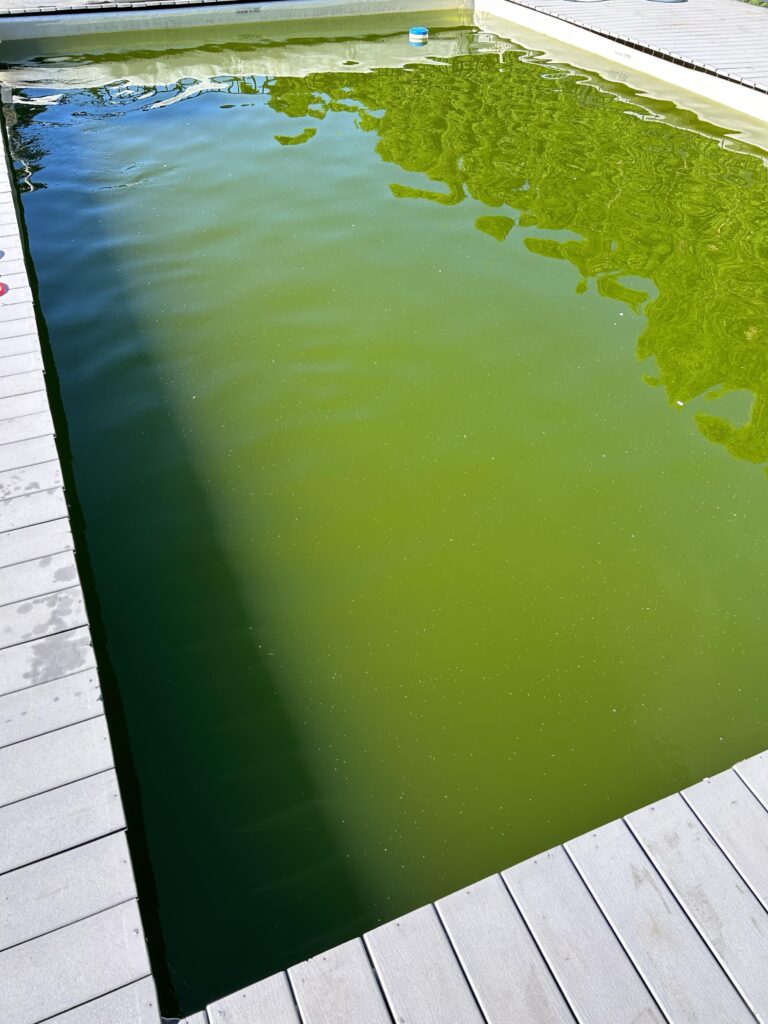
Avoid Unnecessary Additives
One of the biggest mistakes pool owners make is overloading their pool with a variety of chemicals that they don’t actually need. Pool stores often push products like clarifiers, algaecides, and phosphate removers, convincing you that these are essential for a clean pool. However, these additives are usually unnecessary if you maintain proper levels of chlorine, pH, and alkalinity.
The Truth About Clarifiers
Clarifiers are marketed as solutions to keep your pool water crystal clear by coagulating small particles so they can be filtered out. However, if you’re already maintaining the right chemical balance, your pool water should be clear without the need for clarifiers. Instead of relying on clarifiers, ensure your filter system is working efficiently and clean it regularly.
Do You Really Need Algaecides?
Algaecides are supposed to prevent and kill algae blooms. While this sounds useful, maintaining the correct chlorine levels typically prevents algae growth on its own. Investing in a good quality chlorine product, such as BioGuard Chlorinating Liquid, is often more effective and cost-efficient than buying algaecides.
Phosphate Removers: A Money Trap
Phosphate removers are used to eliminate phosphates, which algae feed on. However, if you keep your chlorine levels stable, algae won’t get the chance to thrive, making phosphate removers redundant. This is another example of an unnecessary expense that can be avoided by sticking to the basics of pool chemistry.

Keep It Simple and Cost-Effective
By focusing on maintaining your chlorine, pH, and alkalinity, you can avoid the unnecessary costs of additional chemicals. This approach keeps your pool maintenance simple and ensures you’re not wasting money on products you don’t need. Not only will this save you money, but it also reduces the risk of adding too many chemicals and creating an imbalance that can lead to more problems.
Keeping your pool maintenance routine simple and cost-effective doesn’t mean compromising on quality. It’s about understanding what your pool really needs and avoiding the traps set by overzealous sales pitches. Stick to the essentials, and you’ll find that maintaining a clear, blue pool is easier and cheaper than you thought.
Cost-Effective Solutions
One of the best ways to keep your pool maintenance affordable is by using common household items instead of expensive, specialized chemicals. Here are some simple and cost-effective solutions for maintaining your pool’s pH and alkalinity levels.
Raising pH with Borax
If your pool’s pH level is too low, you can easily raise it using Borax. Borax is a versatile household product that’s not only effective but also inexpensive. You can find it in most supermarkets. It works wonders for increasing pH levels without the high cost of commercial pool products. Simply add the appropriate amount of Borax to your pool water and watch your pH levels stabilize.
Raising Alkalinity with Baking Soda
To raise your pool’s alkalinity, look no further than your kitchen pantry. Baking soda is a fantastic, cost-effective solution for this purpose. It’s pure and natural, and it does the job just as well as any pricey pool product. Add the recommended amount of baking soda to your pool water to bring your alkalinity levels into the ideal range.
Lowering pH and Alkalinity with Muriatic Acid
When it comes to lowering both pH and alkalinity, muriatic acid is your go-to solution. It’s widely available, affordable, and highly effective. Just be sure to handle it with care and follow the instructions for safe use. Add the necessary amount of muriatic acid to your pool water to achieve the desired levels.
Maintaining Chlorine Levels
Keeping your chlorine levels in check is crucial for a clean and safe swimming environment. Instead of relying on complex systems or overpriced products, use a reliable chlorinating liquid. It’s straightforward and gets the job done efficiently.
Real-Life Savings
By using these cost-effective solutions, you’ll find that maintaining your pool doesn’t have to drain your wallet. Many pool owners have shared their experiences of saving hundreds of dollars by switching to these simple, affordable alternatives. Not only will you keep your pool clean and clear, but you’ll also enjoy the satisfaction of smart, budget-friendly maintenance.
Annual Adjustments
While focusing on chlorine, pH, and alkalinity will cover most of your pool maintenance needs, there are a couple of other factors to keep in mind annually: hardness and cyanuric acid (CYA) levels. These adjustments ensure the longevity and safety of your pool over the long term.
Checking and Adjusting Hardness
Calcium hardness is important for protecting your pool surfaces and equipment. Too low, and your water can become corrosive; too high, and you risk scaling. Aim to check your pool’s calcium hardness levels once a year and adjust as necessary. The ideal range is usually between 200 and 400 ppm. If you find your levels are off, you can add calcium chloride to increase hardness or dilute your pool water with fresh water to decrease it.
Monitoring Cyanuric Acid (CYA) Levels
Cyanuric acid acts as a stabilizer for chlorine, protecting it from being broken down by sunlight. Over time, CYA levels can build up, especially if you use stabilized chlorine. Too much CYA can reduce the effectiveness of your chlorine, leading to issues like algae blooms. Test your CYA levels annually and aim to keep them between 30 and 50 ppm. If levels are too high, partial draining and refilling of your pool can help reduce them.
Practical Tips for Annual Maintenance
- Test Kits: Invest in a high-quality pool test kit to check all necessary levels accurately. This will help you make informed adjustments without guesswork.
- Record Keeping: Keep a log of your pool’s chemical levels and any adjustments you make throughout the year. This will help you identify trends and make annual maintenance easier.
- Professional Check-Up: Consider having a professional pool service check your pool once a year. They can provide a thorough assessment and address any issues you might have missed.
By incorporating these annual adjustments into your routine, you’ll ensure your pool stays in excellent condition year-round, and you’ll avoid potential issues that could become costly down the line.
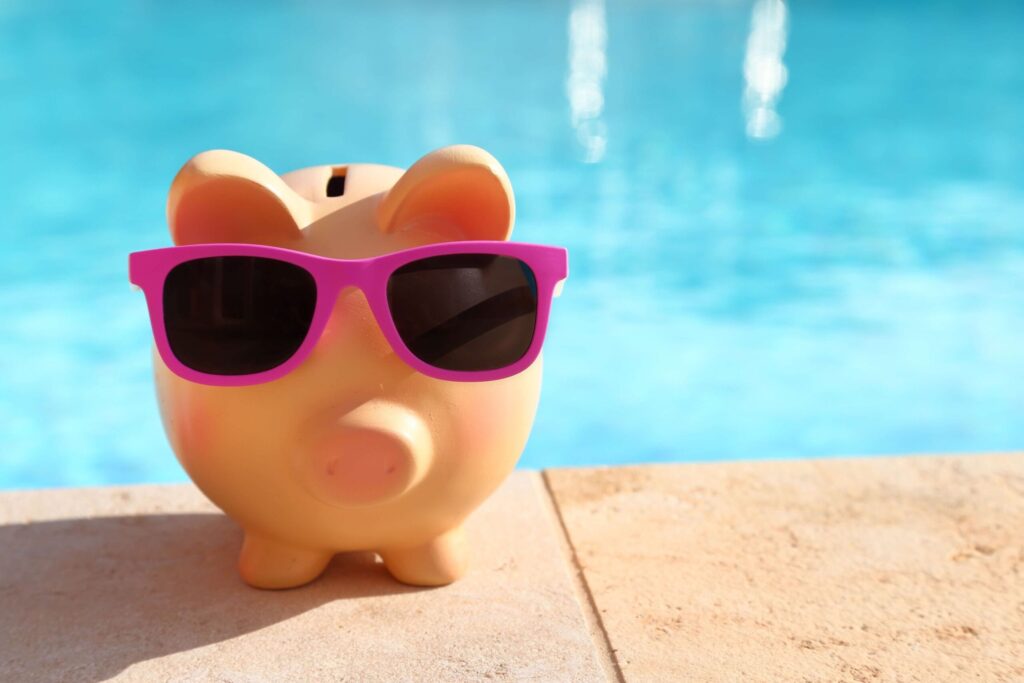
Real-Life Savings and Success Stories
One of the most satisfying parts of simplifying your pool maintenance routine is seeing real-life savings and hearing success stories from other pool owners. Many people are surprised at how much they can save by using straightforward, affordable methods instead of relying on a multitude of expensive chemicals from the pool store.
Personal Anecdotes
I’ve helped countless friends and neighbors transition to these simple pool maintenance strategies. One friend used to spend hundreds of dollars each season on various chemicals, only to still struggle with cloudy or green water. After switching to the basics—chlorine, pH, and alkalinity—along with affordable household items like Borax and baking soda, they reported crystal-clear water and significant savings.
Cost Comparison
Let’s break down the cost savings. A typical visit to the pool store for a season’s worth of chemicals can easily cost $200-$300. However, by focusing on the essentials and using items like:
- Borax for pH adjustment: Borax 20 Mule Team Laundry Booster, Powder, 4 Pounds
- Baking Soda for alkalinity: ARM & HAMMER Baking Soda Made in USA, Ideal for Baking, Pure & Natural, 2.7lb Bag
- Liquid Chlorine for maintaining chlorine levels: BioGuard Chlorinating Liquid – Swimming Pool & Spa Liquid Shock Treatment – Raises Chlorine – 1 Gallon
You can manage your pool for a fraction of that cost. Many pool owners have found they can reduce their chemical expenses to under $100 per season using these methods.
Success Stories
A family I helped last summer was thrilled with the results of simplifying their pool maintenance. They followed the basic guidelines for chlorine, pH, and alkalinity, used Borax and baking soda for adjustments, and avoided unnecessary additives. Their pool stayed clear and blue all season long, and they saved over $150 compared to the previous year.
Another success story involves a local community pool. They had been dealing with recurring algae problems despite using expensive algaecides and clarifiers. By shifting their focus to maintaining proper chlorine levels and balancing pH and alkalinity, they eliminated algae issues entirely and cut their chemical costs by 40%.
These real-life examples demonstrate the effectiveness and cost savings of keeping pool maintenance simple. By focusing on the essentials and using affordable household products, you can achieve a clean, clear pool without the hefty price tag. So next time you’re tempted by the array of products at the pool store, remember—less is more.
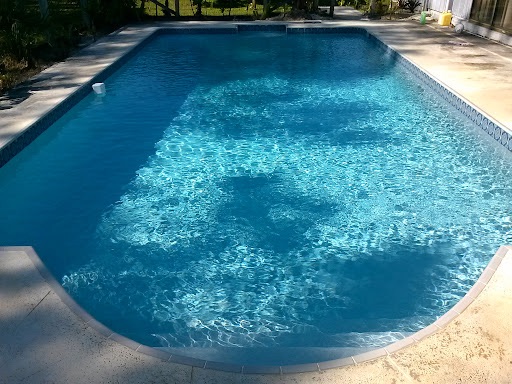
Additional Resources
To further support your pool maintenance journey, here are some additional resources that offer valuable tips and expert advice. These articles provide a wealth of information on various topics related to home maintenance and pool care, helping you keep your home and pool in top condition.
Crafting a Wooden Planter with a Hidden Hose Storage Compartment
A beautiful and functional addition to any backyard, this article guides you through the process of creating a stylish wooden planter that also serves as a hidden hose storage. It’s a great way to keep your outdoor space tidy and attractive.
Beat Common Pool Problems: Expert Tips for a Clean and Safe Swim
This article delves into common pool issues and offers expert solutions to keep your pool clean and safe. From dealing with algae to balancing chemicals, it’s packed with practical advice.
Effective Non-Toxic Ways to Repel Hornets, Wasps, and Bees
Keep your pool area safe and enjoyable by learning how to effectively and non-toxically repel pesky insects. This article provides tips on keeping hornets, wasps, and bees at bay without using harmful chemicals.
From Liquid to Blockage: The Hidden Dangers of Pouring Grease Down the Drain
Prevent plumbing problems by understanding the dangers of pouring grease down the drain. This article explains why it’s a bad idea and offers alternative ways to dispose of grease safely.
By keeping your pool maintenance simple and focusing on essential chemicals, you can save money and enjoy clear, blue water all season long. Use cost-effective household products like Borax and baking soda, and avoid unnecessary additives. Incorporate annual adjustments to maintain hardness and CYA levels. And don’t forget to check out these additional resources for more home maintenance tips.
Keep it simple, keep it affordable, and keep swimming!
As an Amazon Associate we earn from qualifying purchases through some links in our articles.


